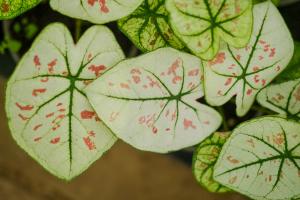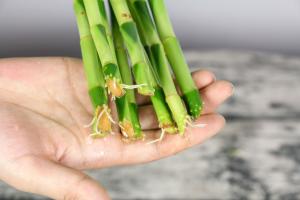How Long to Keep a Newly Planted Tree Staked
Planting a tree is an investment in the future, both for the environment and for the beauty of the landscape. As with any investment, it is wise to protect it until it can stand on its own. One way to do this is to stake the tree to keep it steady while it takes root. This leads to the question: how long should you keep a newly planted tree staked?
The Purpose of Staking a Newly Planted Tree
The key goal in staking a newly planted tree is to prevent it from being uprooted as it establishes its root system. This is especially important for young trees, which have smaller root systems and are more vulnerable to high winds, heavy rains, and other environmental factors. By providing support, you can help ensure that the tree grows strong and healthy.
When to Remove Stakes
While staking can be beneficial, it is also important to know when to remove the stakes. Leaving stakes on for too long can actually harm the tree, making it dependent on support and limiting its growth potential. In general, you should aim to remove stakes as soon as possible without risking damage to the tree.
Most trees will require stakes for at least the first year after planting, but this can vary depending on factors like the tree's species, the location of the planting site, and the weather conditions in the area. Here are some general guidelines to follow:
Staking Guidelines
Year One
For newly planted trees, stakes should remain in place for at least the first year. This allows the tree time to develop its root system and establish a strong foundation. During this time, you should check the ties regularly to make sure they are not too tight, as this can damage the bark and impede growth.
Year Two
After the first year, you can begin to gradually reduce the amount of support provided by the stakes. Remove one stake at a time, starting with the side that faces the prevailing winds. This will allow the tree to develop a strong trunk and root system that can withstand environmental stressors.
Year Three and Beyond
By the third year, most trees should be able to stand on their own without the support of stakes. However, this can vary depending on the species and the conditions of the planting site. Keep an eye on the tree to make sure it is stable, and remove any stakes that are no longer needed.
Conclusion
Staking a newly planted tree can be an effective way to protect it while it establishes its root system. However, it is important to remove the stakes in a timely manner in order to avoid limiting the tree's growth potential. By following these guidelines, you can help ensure that your tree grows strong and healthy for many years to come.

 how many times do yo...
how many times do yo... how many planted tre...
how many planted tre... how many pine trees ...
how many pine trees ... how many pecan trees...
how many pecan trees... how many plants comp...
how many plants comp... how many plants can ...
how many plants can ... how many plants and ...
how many plants and ... how many pepper plan...
how many pepper plan...































